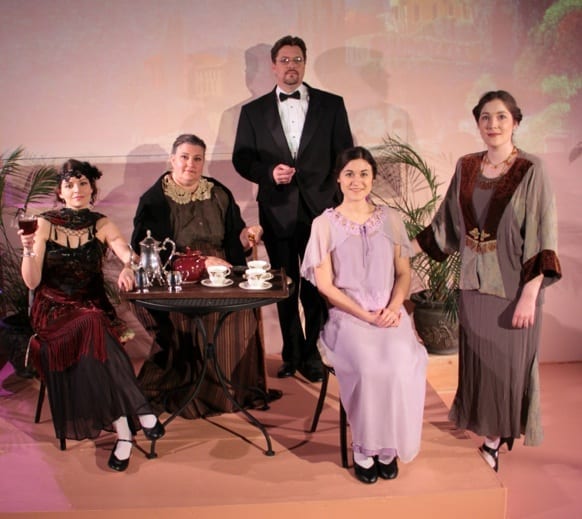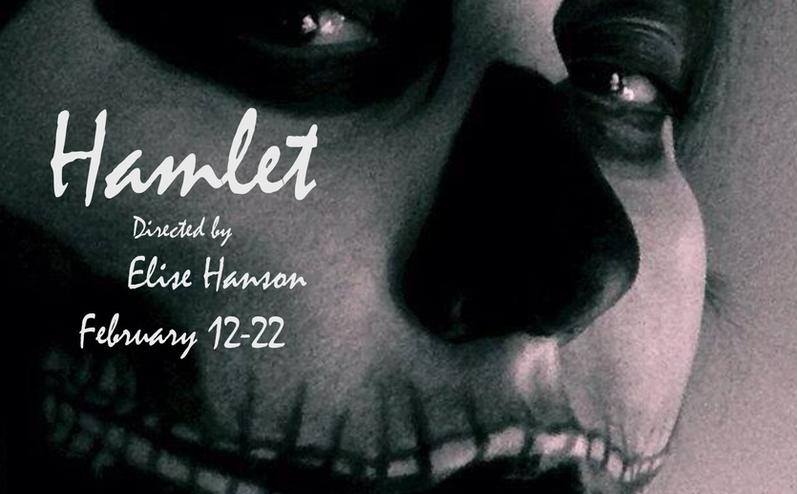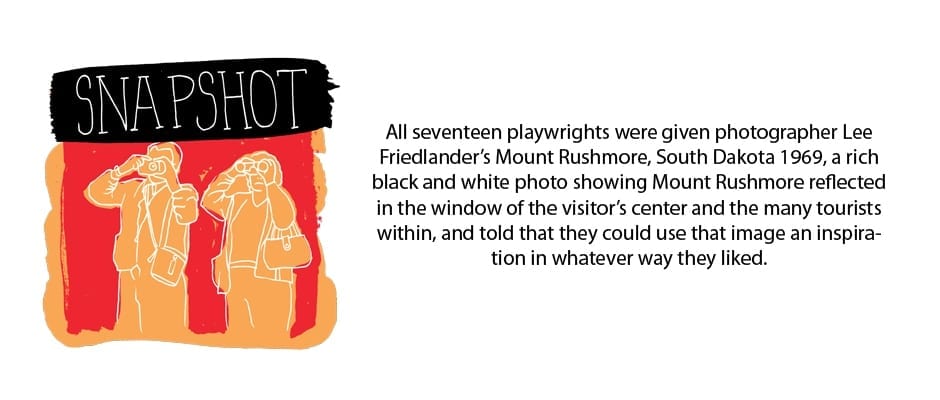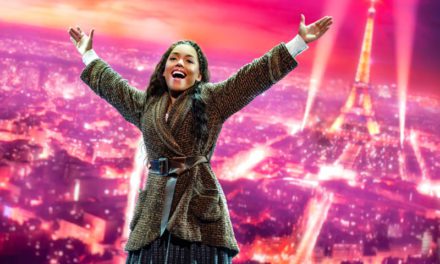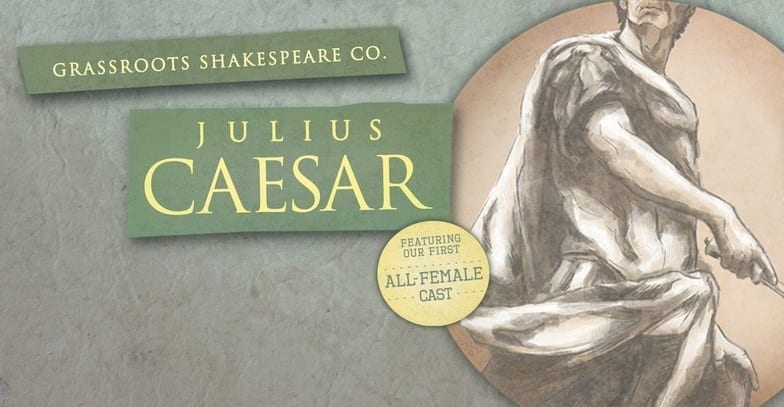PROVO — Utah Lyric Opera’s production of Enchanted April at the Covey Center for the Arts is an original musical version written and directed by Elizabeth Hansen, with composition by C. Michael Perry. What struck me immediately was that this performance was to be a completely unique telling of the Enchanted April story to any other telling that I have seen or read before.
Enchanted April is a tale about four women in 1920’s Britain on a search for self-love and inner fulfillment that they have never previously experienced. The two leading ladies secretly plot to use their nest eggs for a much-needed getaway to Italy without their husband’s knowledge. They place an advertisement to assemble two more women to rent out a villa—all of these events of course being quite scandalous for upstanding women of the era to take part in. What surprises the two heroines is that these actions will actually draw them closer to their husbands and fill emotional gaps that have long been empty.
As to my overall impression the piece, I went home feeling most strongly that the portrayal of the individual characters, full of depth and complexity, made up greatly for what the direction and composition lacked in dissimilarity. Some shining examples of this dynamicity in character included Carla Kirk in her portrayal of Lotty. Kirk commanded the stage in her turn and gave strong, enthusiastic—yet humble—support when it was another performer’s turn int he spotlight. This is the mark of a skilled actress. In her singing I found that Kirk has great control, but sometimes has issues with placement and diction. Another outstanding performer in the production was Mimi West in her portrayal of Lady Caroline. West’s only solo number of the show was the most vibrant of the production as West incorporated innumerable nuances and drove the number with character-ridden objective.
 Unfortunately, while the performances were believable and heartfelt, the play as a whole did have a few problems. An original work is not an easy undertaking, and I commend Hansen and Perry most heartily for their brave endeavor and the amount of time and care that was put into this piece. However, there was a noticeable lack of both a story arc and variation in the composition and lyrics.
Unfortunately, while the performances were believable and heartfelt, the play as a whole did have a few problems. An original work is not an easy undertaking, and I commend Hansen and Perry most heartily for their brave endeavor and the amount of time and care that was put into this piece. However, there was a noticeable lack of both a story arc and variation in the composition and lyrics.
Perry’s lyrics and music was absolutely beautiful—pleasing to the ear and warming to the heart. But I did not see enough differences among the songs to justify proper telling of the story. I was left wondering more than once why the song that was currently being sung sounded so similar to the song in the previous scene or the previous act when the character was in a completely different emotional place and feeling entirely new emotions in relation to their surroundings and experiences. This was an issue in relation to the lyrics as well. What the character had just gone through in the scene often didn’t connect to what I was being told in the song. The result was an overall homogenous musical tone.
 In addition to the writing, Hansen was also responsible for the direction of the show. As mentioned above, the performances were multifaceted yet very grounded, and that is a tribute to not only great acting, but also great direction. Where the direction may have faltered a bit was in the staging. Ironically in that it was sometimes over-staged. For a production that was clearly aiming for simplicity and raw character-driven emotion, it was confusing for there to be moments that the actors appeared as almost statues—placed “just so” to create a specific look. This would be an effective approach for a more stylized piece, but it didn’t feel cohesive with the narrative that was being told. It would have been more successful to allow the actors to organically fill their characters through natural movement, not placing them to the point that the aesthetic was a stiff choreography.
In addition to the writing, Hansen was also responsible for the direction of the show. As mentioned above, the performances were multifaceted yet very grounded, and that is a tribute to not only great acting, but also great direction. Where the direction may have faltered a bit was in the staging. Ironically in that it was sometimes over-staged. For a production that was clearly aiming for simplicity and raw character-driven emotion, it was confusing for there to be moments that the actors appeared as almost statues—placed “just so” to create a specific look. This would be an effective approach for a more stylized piece, but it didn’t feel cohesive with the narrative that was being told. It would have been more successful to allow the actors to organically fill their characters through natural movement, not placing them to the point that the aesthetic was a stiff choreography.
It is possible perhaps that Hansen felt this approach was necessary due to the complicated setting. I say complicated not in the sense of the actual design of the scenery, which did not have many elements, but in the sense that for such a small space visibility for the entire audience was a problem. In this way, the scenic designer C. Michael Perry, should have helped Hansen with offering a set with more variation and levels. Yet in the lighting design, also offered by C. Michael Perry, I felt the opposite was true in that there was a great amount of variation, color, and evocation of mood. His lighting directed focus and added to the setting; the changing lighting was by far the most effective tool for making one theatrical space into locations for the story.
 Altogether, I left Enchanted April feeling very pleased with some elements and at the same time very confused with other elements. It was absolutely worth the experience—the story got my mind thinking about the 1920’s and how the experience of the Enchanted April female characters translates to contemporary women in the 2010’s. But I may have liked to see this production after a few more rewrites, a few changes in composition, and with a greater emphasis on using the design to further the storytelling. I encourage Hansen and Perry to continue to develop the script and perhaps another production of the piece will be done in the future. I look forward to seeing the positive changes in structure then.
Altogether, I left Enchanted April feeling very pleased with some elements and at the same time very confused with other elements. It was absolutely worth the experience—the story got my mind thinking about the 1920’s and how the experience of the Enchanted April female characters translates to contemporary women in the 2010’s. But I may have liked to see this production after a few more rewrites, a few changes in composition, and with a greater emphasis on using the design to further the storytelling. I encourage Hansen and Perry to continue to develop the script and perhaps another production of the piece will be done in the future. I look forward to seeing the positive changes in structure then.

